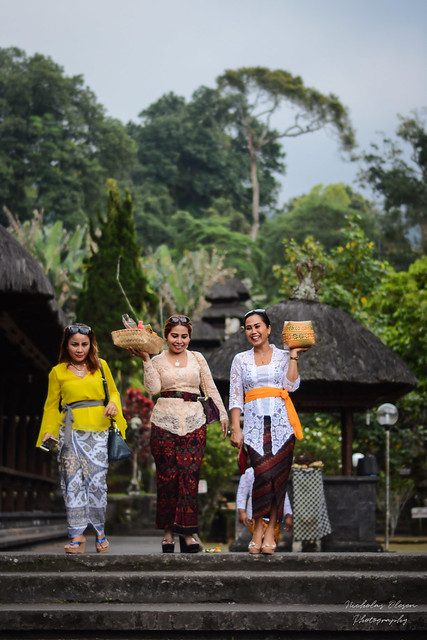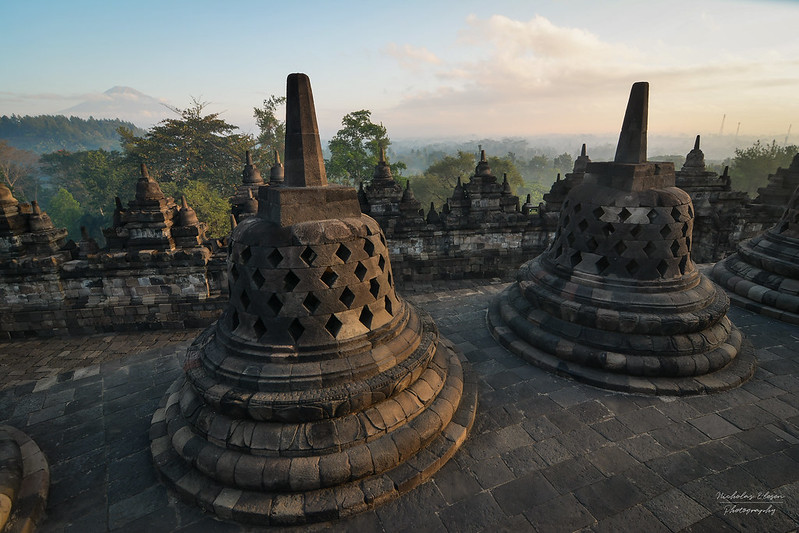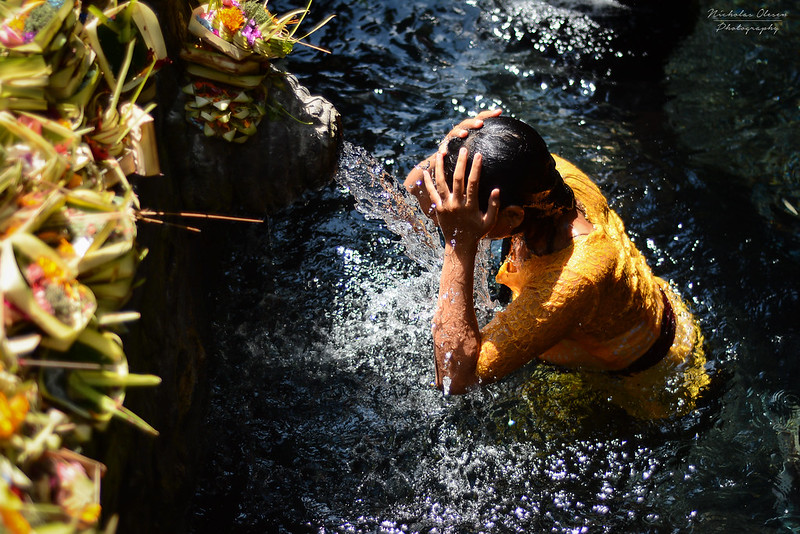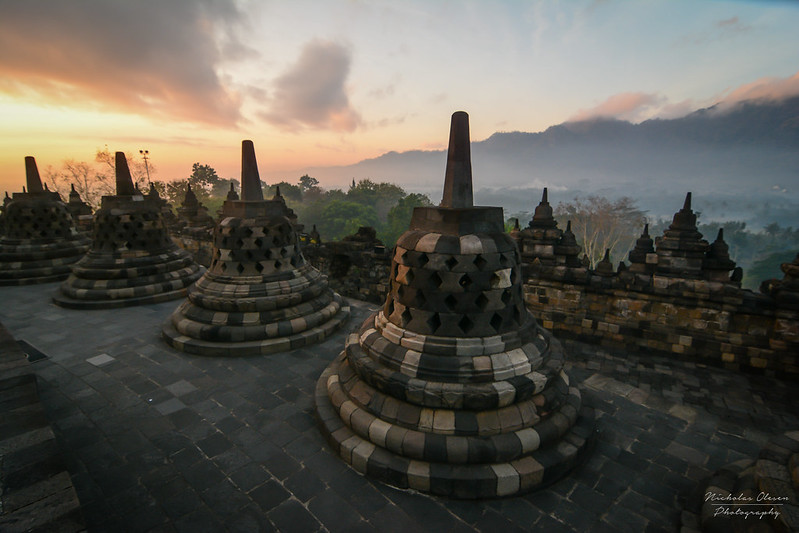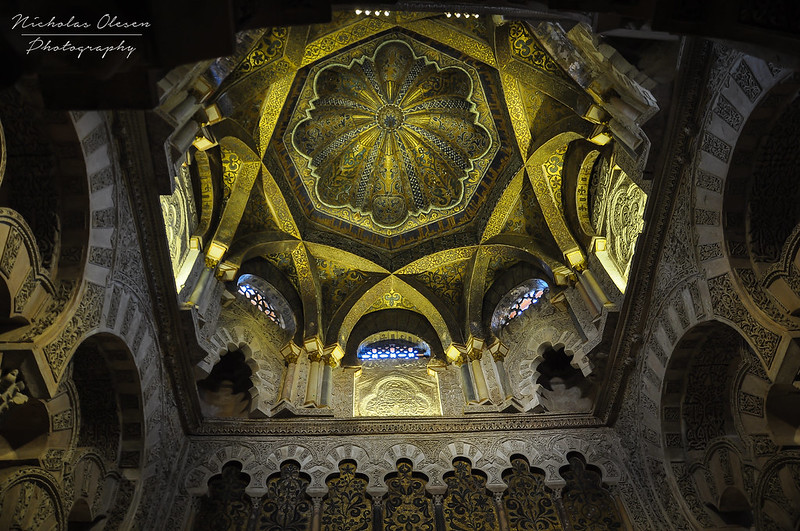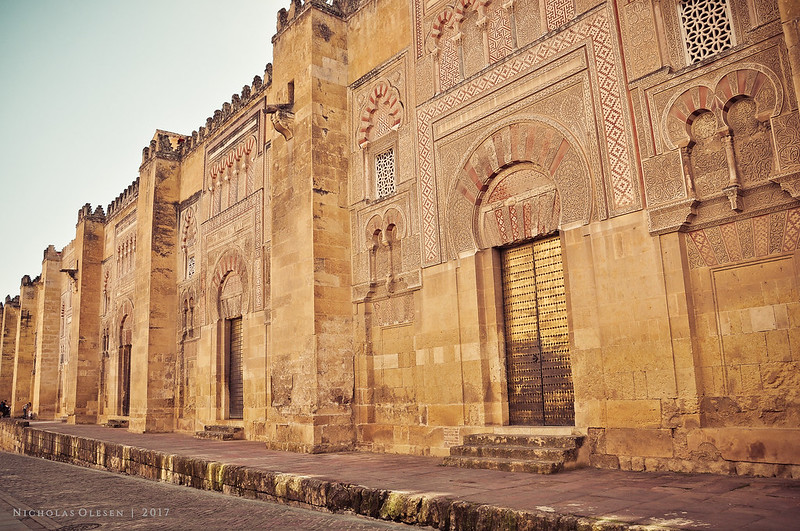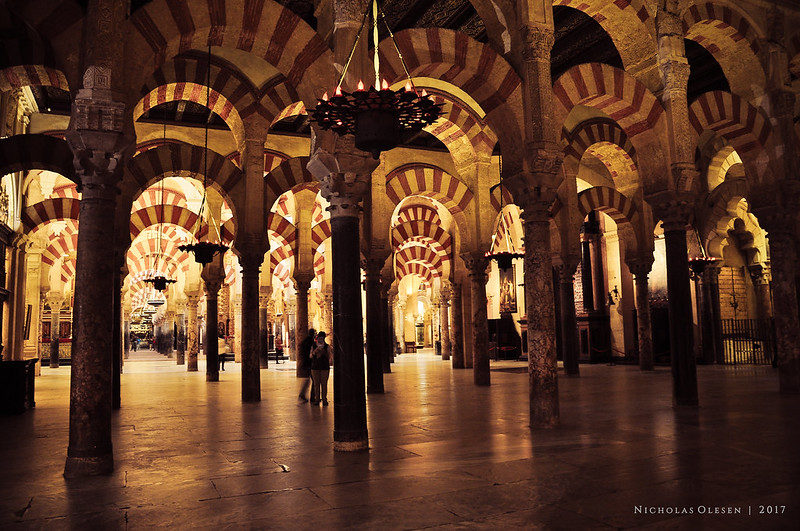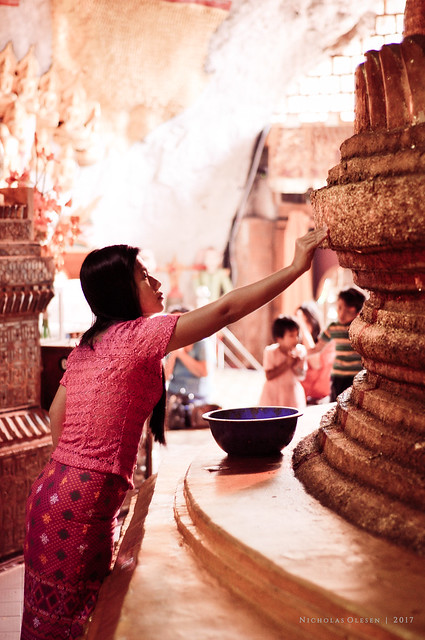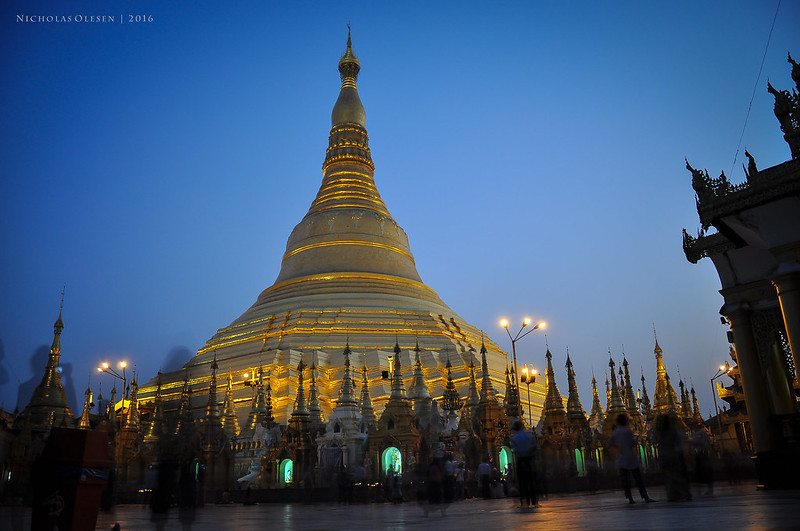Bali is one of those touristy places where it can be hard to get away from all the crowds – and let’s face it, it’s not fun sharing with so many people! But if you make the effort, you can still find some hidden spots. Batukaru Temple probably isn’t the most hidden, but we turned up in the late afternoon and had the place to ourselves. We were the only non-locals there when we arrived, and in the hour or two we were there we only saw two other couples. It’s a beautiful temple, surrounded by jungle; some of the statues and buildings have been there so long that they look like they’re part of the jungle now.
As we entered we encountered these three beautiful women who were just leaving the main entrance and gave us a great smile as we passed each other – also not something you always get in the touristy places!
